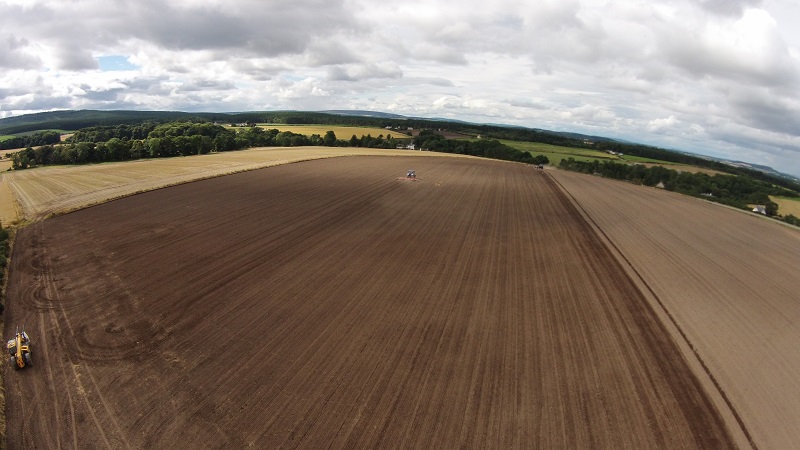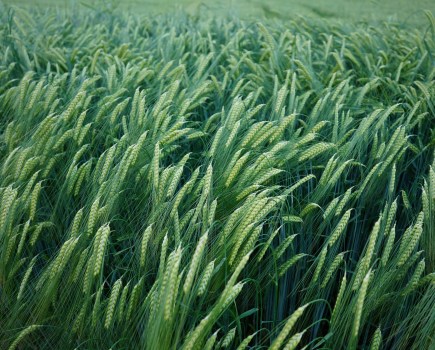Syngenta oilseed rape variety, SY Harnas, delivered 23% higher than average yield, compared to all hybrids in a Scottish on-farm field scale trial, harvested last week (18 August). The exceptional yield of 5.7 t/ha gave a gross output of over £1830/ha.
The commercial crop trials of field scale performance in Scotland demonstrated SY Harnas continued as the highest gross output variety – worth an extra £575/ha over conventional and more than £300/ha more than any other variety in the trial, including the region’s recommended reference clubroot resistant hybrid.
The performance of SY Harnas matched farm income from a winter wheat crop yielding over 14 tonnes per hectare, reported Syngenta Area Manager, Phil Smith. “Oilseed rape still has an extremely important role in arable crop rotations, with significant agronomic benefits and a positive contribution to farm output and profitability; SY Harnas can ensure growers get the best return on both fronts.”
Phil highlighted the trials, involving one-hectare blocks of each variety, grown by M C Thomson & Sons at Buckie, Banffshire, represent real farm conditions and were managed under a typical agronomy programme. Sown on 28 August last year, the crop was harvested on 18 August.
“Growers can be confident that the results are comparable of the variety’s potential under on-farm growing conditions in Scotland and the north of England,” he said. “It has once again demonstrated the consistent performance of SY Harnas, and how well suited it is for the region’s climate and conditions.”
He believes the compact winter growth habit of SY Harnas is particularly well suited to the region’s growing conditions; where it minimises damaging effects of winter die back and the plant’s canopy structure and hybrid vigour triggers early green leaf development to drive yields.
“The whole growing cycle for oilseed rape is about building the canopy to convert more sunlight energy into oil in the final few weeks before harvest,” advises Phil. “Further north we have the greatest potential to harness the longer day length into higher yields.
“The trial has demonstrated that SY Harnas has once again consistently its potential to deliver high performance from sowing at the end of August or into September.”




